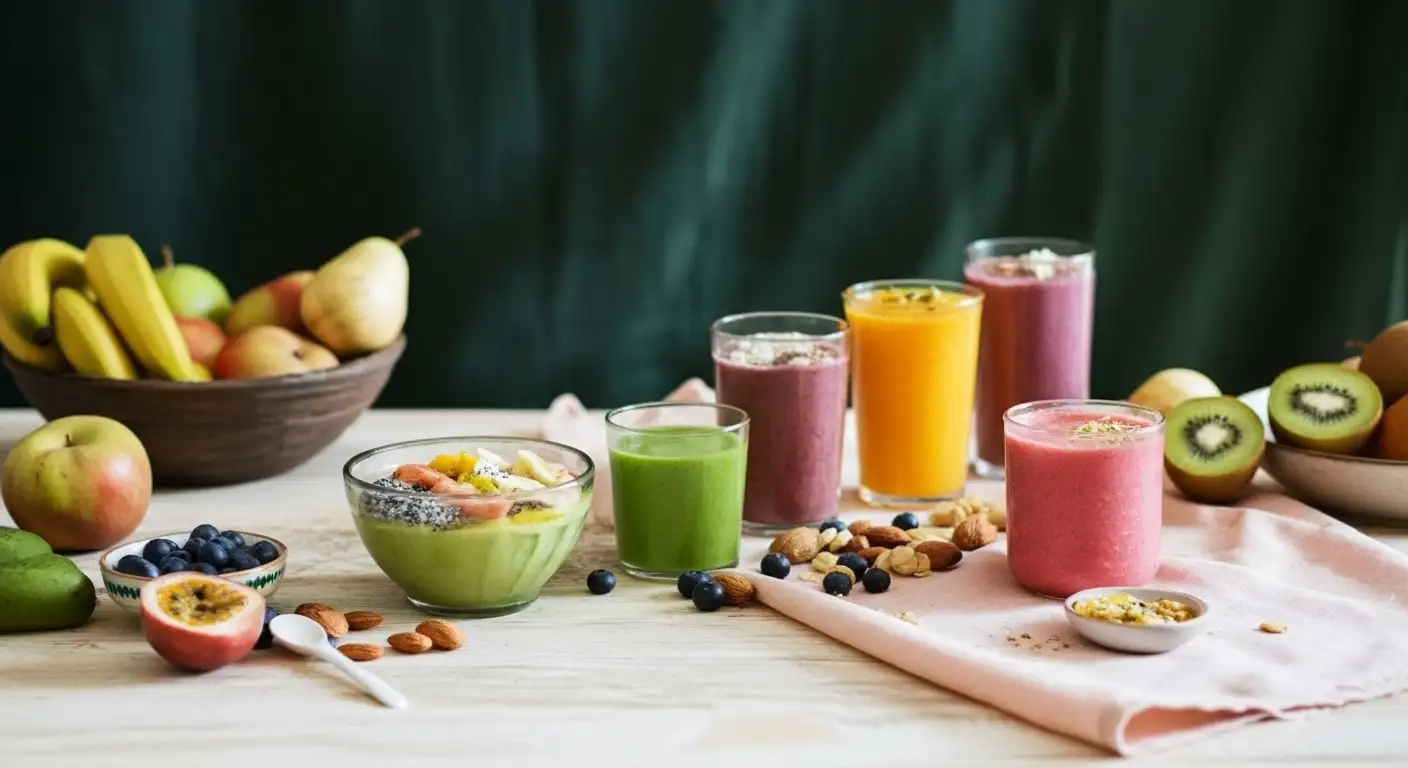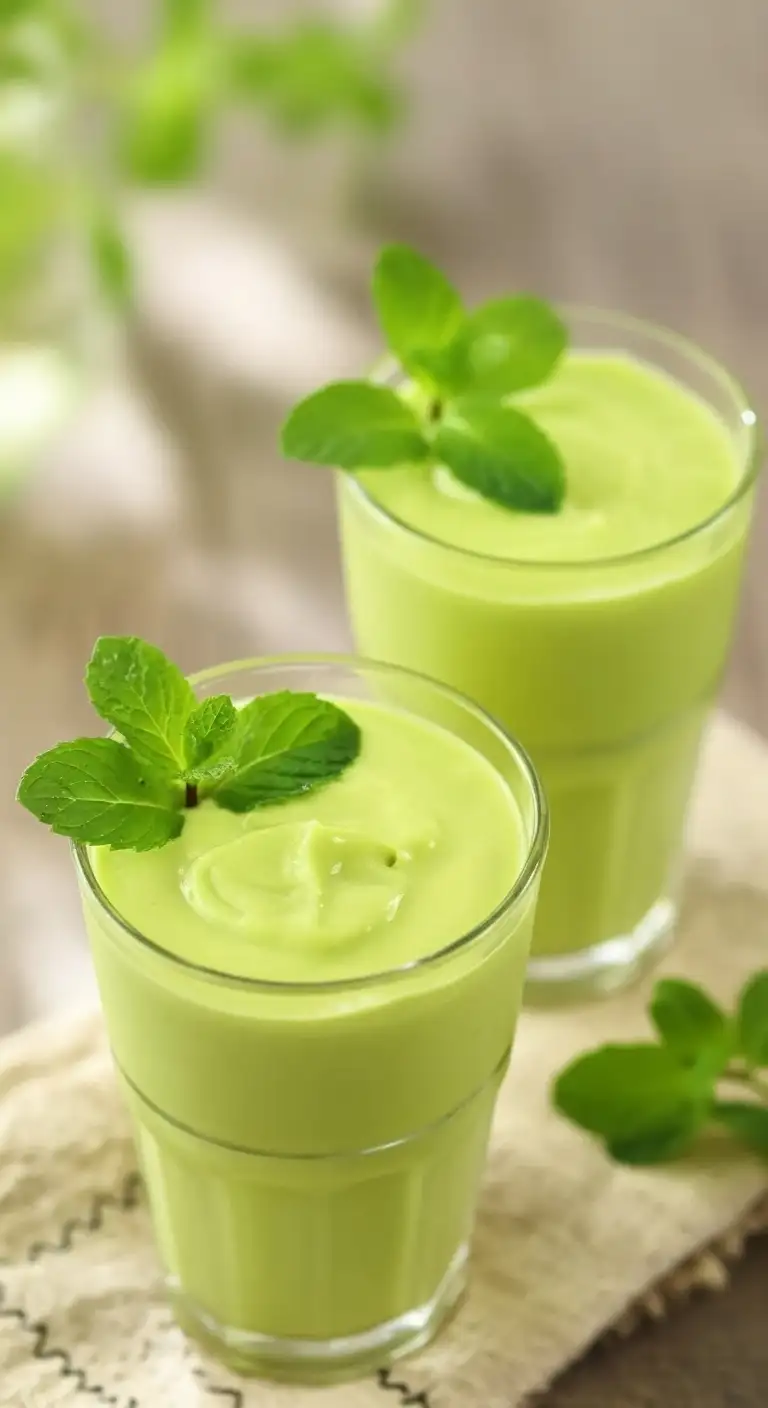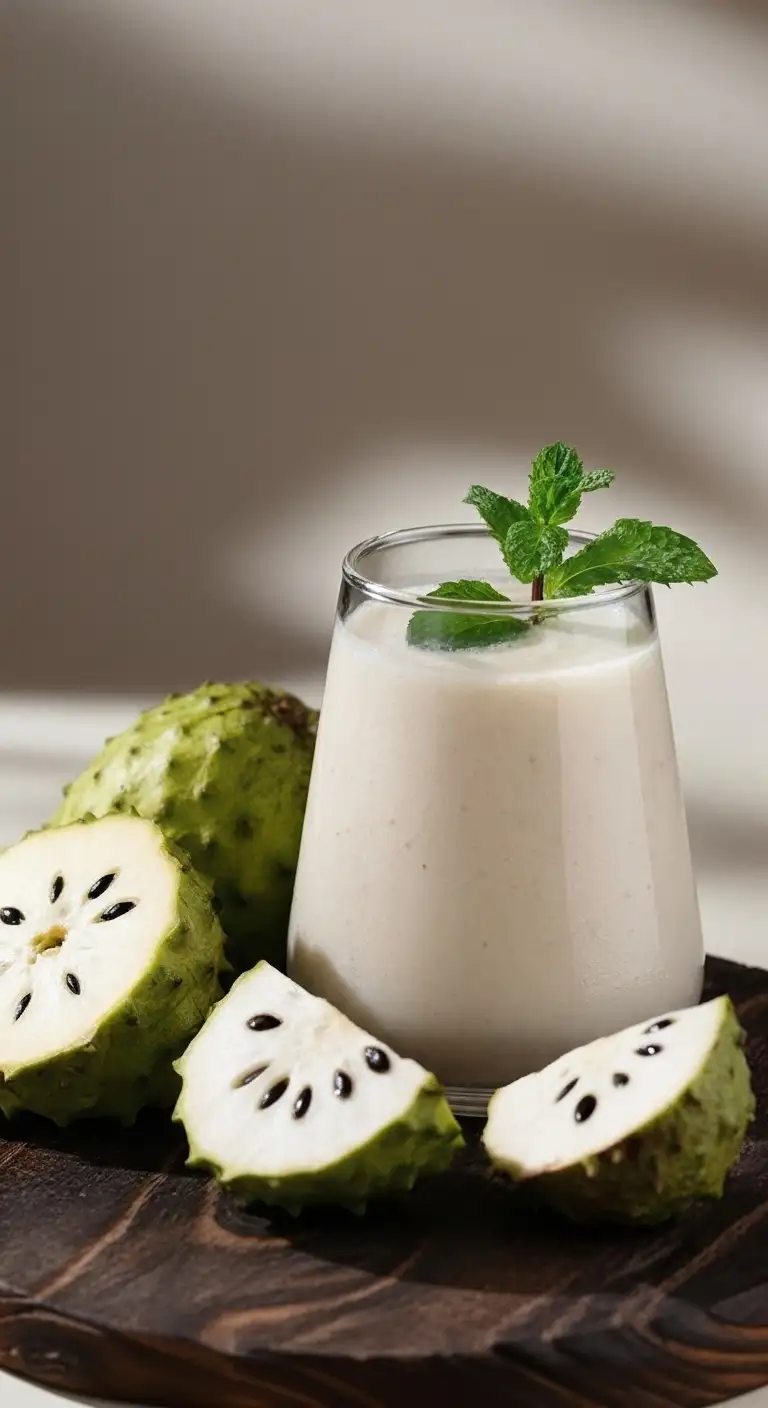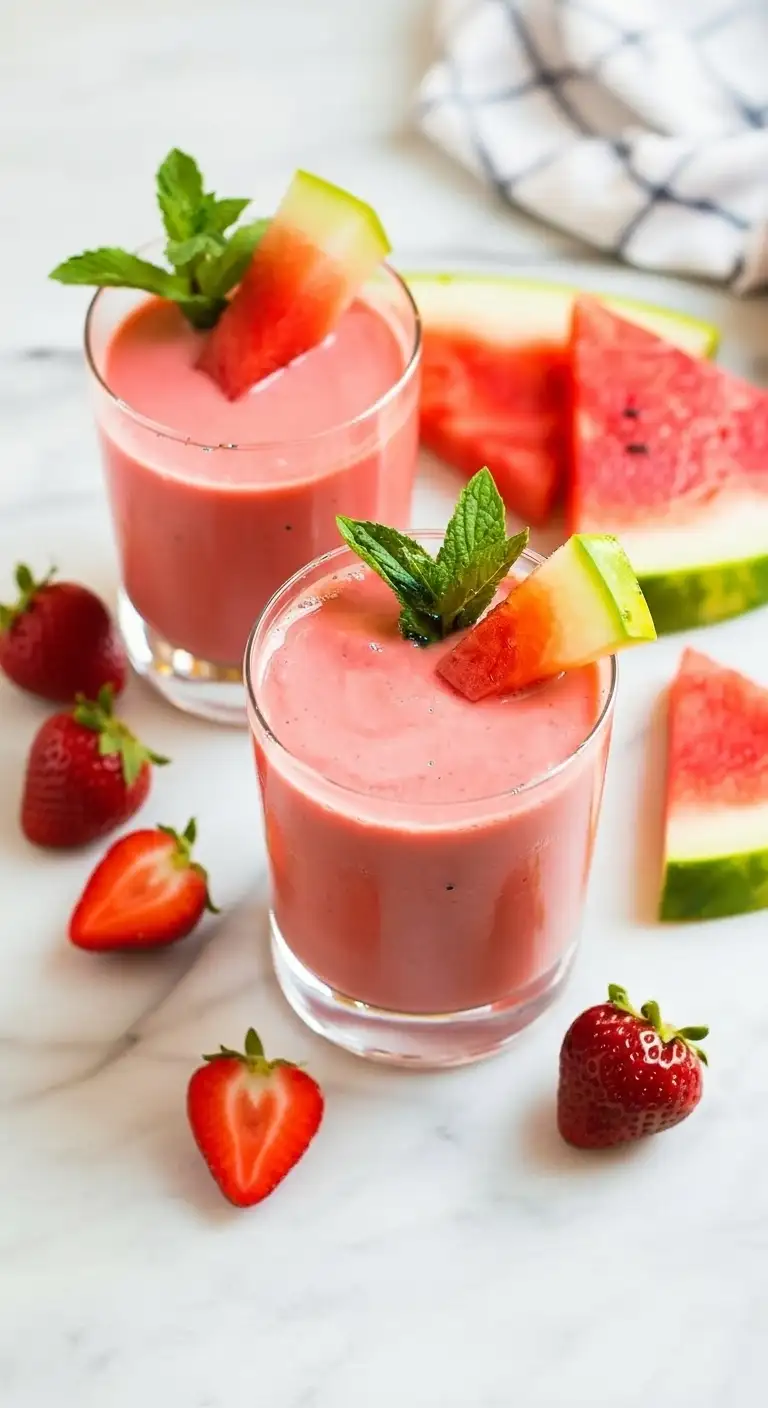Sinh Tố (pronounced Sin Toe) are the quintessential Vietnamese tropical fruit smoothies, beloved for their thick, creamy texture and intense sweetness. More than just a drink, Sinh Tố is a street-side dessert, a refreshing snack, and a vibrant celebration of Vietnam’s abundant tropical fruit landscape. You’ll find stalls selling them on nearly every corner, especially in the sweltering heat.

The Basics of Sinh Tố
What is Sinh Tố?
The term Sinh Tố simply translates to “smoothie” or “shake” in English.
It is characterized by its simplicity and its rich, decadent taste, which often makes it feel more like melted ice cream than a standard fruit smoothie.
Key Ingredients: The traditional Vietnamese Sinh Tố recipe is incredibly straightforward, relying on the quality of its core components:
Tropical Fruit: The star ingredient. Vendors use fresh, ripe, and often unusual fruits like avocado, soursop, or jackfruit.
Sweetened Condensed Milk (Sữa Đặc): The crucial ingredient that gives Sinh Tố its characteristic creamy texture and sweetness. It replaces fresh milk or yogurt often used in Western smoothies.
Crushed Ice (Đá): Plenty of ice is blended in to create a thick, milkshake-like consistency and keep the drink ice-cold.
Optional Liquids: A splash of regular milk, coconut milk, or sometimes yogurt may be added for a different consistency or a tangy note.
Flavor Profile: The typical Sinh Tố is intensely sweet, rich, and cold, with the primary flavor coming directly from the vibrant, tropical fruit.
Popular Types and Flavors of Sinh Tố
The variety of Sinh Tố reflects the sheer abundance of fruit available in Vietnam. The most common and popular choices often feature creamy or unique tropical fruits:
| Vietnamese Name | English Name | Flavor & Description |
|---|---|---|
| Sinh Tố Bơ | Avocado Smoothie | The most famous variety. Despite avocado being a savory food in the West, in Vietnam, it's blended with condensed milk and ice to create a thick, custardy, and sweet dessert reminiscent of pistachio ice cream. |
| Sinh Tố Xoài | Mango Smoothie | A classic tropical delight, blending ripe mangoes for a sweet and slightly tangy flavor. |
| Sinh Tố Mãng Cầu | Soursop Smoothie | Features the unique, slightly tart and creamy fruit, which has a flavor profile often described as a mix of strawberry and pineapple. |
| Sinh Tố Mít | Jackfruit Smoothie | Jackfruit's intensely sweet, floral, and slightly chewy flesh is blended into a thick, fragrant shake. |
| Sinh Tố Sapo/Lòng Mứt | Sapote Smoothie | Uses the brown, sweet, and malty-flavored fruit (also known as a noseberry) for a rich, caramel-like shake. |
| Combination Sinh Tố | Mixed Fruit Smoothie | Many stalls offer custom blends, like a mango-passion fruit mix or avocado-papaya, to combine textures and flavors. |
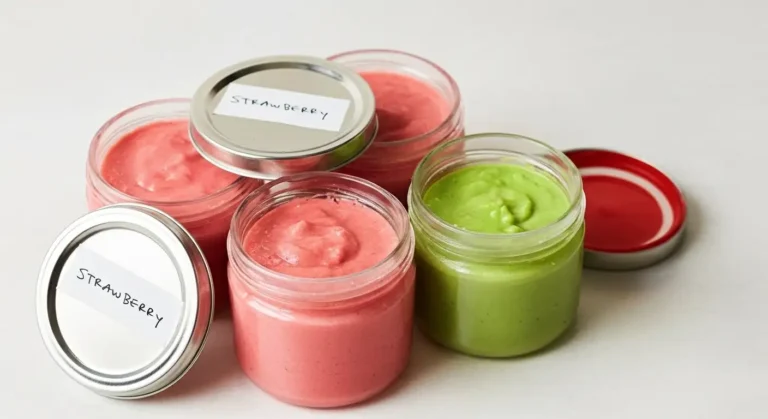
How to Enjoy Sinh Tố
As a Dessert or Snack: Sinh Tố is rarely consumed with a meal but is enjoyed as a refreshing afternoon snack or a delightful dessert, especially to cool down during the hot tropical climate.
Sip or Spoon: Due to the thick consistency created by the condensed milk and frozen ingredients, a Sinh Tố is often served with both a straw and a long spoon. It is common to alternate between sipping the slightly melted liquid and using the spoon to enjoy the thicker, almost ice-cream-like consistency at the top and bottom of the glass.
Toppings are Key: The traditional experience often includes toppings to enhance the dessert quality. Common additions include:
A drizzle of extra condensed milk over the top.
A sprinkling of shredded coconut for texture and flavor (especially for Sinh Tố Bơ).
Small chunks of fresh fruit (like mango or jackfruit) for an extra bite.
Regional Differences: Fruits and Sweetness
While Sinh Tố is popular nationwide, the expression of the drink is subtly influenced by Vietnam’s regional characteristics, mainly regarding the variety of fruits and preference for sweetness.
| Region | Fruit Variety & Flavor Profile | Commentary |
|---|---|---|
| The South (Ho Chi Minh City, Mekong Delta) | High Variety & High Sweetness. The South, with its year-round tropical climate and fertile Mekong Delta, has the greatest abundance of tropical fruit. Sinh Tố here tends to be the sweetest and features the most exotic fruits (soursop, durian, custard apple). | Due to the heat, the South is a paradise for frozen, sweet beverages. The use of condensed milk is very generous, reflecting the Southern palate's preference for sweetness in general. |
| The Central (Hue, Da Nang) | Moderate Variety & Balanced Flavor. The Central region acts as a transitional zone. While coastal cities have access to many fruits, the flavors are often more balanced than the South, though sweet drinks are still highly sought after for cooling down. | Sinh Tố is popular, but locals also enjoy regional specialties like Sinh Tố Cà Phê (Coffee Shake) and Rau Má (Pennywort Juice). |
| The North (Hanoi) | Lower Variety, More Seasonal. Historically, the colder winters mean tropical fruit is less abundant and more seasonal than in the South. Sinh Tố is popular, but local drink culture is more dominated by coffee (like Cà Phê Trứng) and tea. | When served, Sinh Tố is still made sweet and creamy, but the choices of exotic fruits may be fewer, with more reliance on globally common options like banana and mango. |
